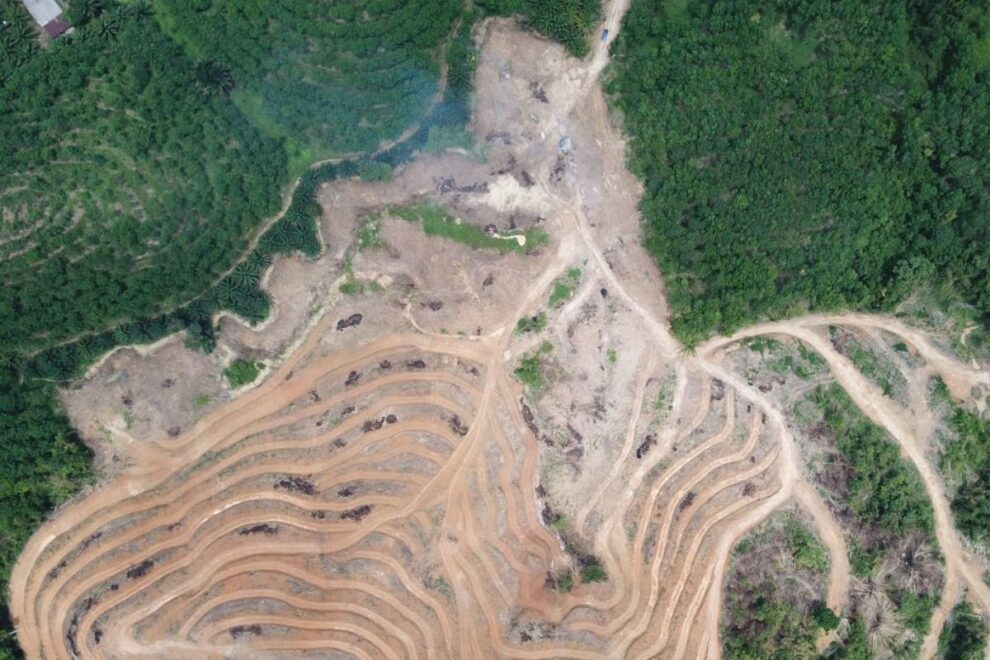Over the last decade, nearly 2,000 land and environment defenders have been killed around the world, and in 2022, a land defender was killed every other day, according to a report released last week.
The study from Global Witness, a nonprofit human rights environmental watchdog, shows that the killings of Indigenous peoples defending their territories and resources represented nearly 34 percent of all lethal attacks despite making up about 5 percent of the world’s population.In a decade, more than 10,000 conflicts related to land rights were recorded in Latin America alone.
“Governments where these violations are happening are not acting properly to create a safe environment for defenders and a civic space proper for them to thrive,” said Gabriella Bianchini, senior advisor for the land and environmental defenders team at Global Witness. “They are not reporting or investigating and seeking accountability for reprisals against defenders. And most importantly, they are not promoting legal accountability in the proper manner.”
Latin America has consistently ranked as the deadliest region for land defenders overall and saw almost 9 in every 10 recorded killings in 2022. More than a third of those fatal attacks took place in Colombia. In 2021, Brazil was named the deadliest country for land defenders by Global Witness and now sits at second; In July, activist Bruno Pereira and journalist Dom Phillips were murdered in the Brazilian Amazon.
Growing tensions from agribusiness, mining, and logging have led to consistent lethal attacks in the region. Between 2011 and 2021, for instance, more than 10,000 conflicts related to land rights and territories were recorded in Latin America alone.
“The worsening climate crisis and the ever-increasing demand for agricultural commodities, fuel, and minerals will only intensify the pressure on the environment—and those who risk their lives to defend it,” wrote the authors.
Earlier this year, Frontline Defenders, an international human rights organization, released a similar report to Global Witness’ with corresponding findings—including that Colombia was the most dangerous country for land defenders. While Frontline Defenders reported that there were 186 land defender deaths in Colombia and Global Witness reported 60, Bianchini said differences in statistics are the result of different methodologies, which vary by organization. However, both organizations’ reports were united in findings: Indigenous people make up a disproportionate amount of the deaths among land and environment defenders, Latin America sees the highest rates of violence, and the number of killings is likely underreported.
“I am incredibly grateful and impressed to see the fight of all of these communities who are there living in these areas and who have been acting for thousands of years to protect the array of life,” said Bianchini. “I cannot believe that humanity right now is living in a moment where we are killing those who are protecting their own lands and civil rights.”
we need to start being more upfront about how hard it is keeping a newsroom like Mother Jones afloat these days.
Because it is, and because we’re fresh off finishing a fiscal year, on June 30, that came up a bit short of where we needed to be. And this next one simply has to be a year of growth—particularly for donations from online readers to help counter the brutal economics of journalism right now.
Straight up: We need this pitch, what you’re reading right now, to start earning significantly more donations than normal. We need people who care enough about Mother Jones’ journalism to be reading a blurb like this to decide to pitch in and support it if you can right now.
Urgent, for sure. But it’s not all doom and gloom!
Because over the challenging last year, and thanks to feedback from readers, we’ve started to see a better way to go about asking you to support our work: Level-headedly communicating the urgency of hitting our fundraising goals, being transparent about our finances, challenges, and opportunities, and explaining how being funded primarily by donations big and small, from ordinary (and extraordinary!) people like you, is the thing that lets us do the type of journalism you look to Mother Jones for—that is so very much needed right now.
And it’s really been resonating with folks! Thankfully. Because corporations, powerful people with deep pockets, and market forces will never sustain the type of journalism Mother Jones exists to do. Only people like you will.
There’s more about our finances in “News Never Pays,” or “It’s Not a Crisis. This Is the New Normal,” and we’ll have details about the year ahead for you soon. But we already know this: The fundraising for our next deadline, $350,000 by the time September 30 rolls around, has to start now, and it has to be stronger than normal so that we don’t fall behind and risk coming up short again.
Please consider pitching in before moving on to whatever it is you’re about to do next. We really need to see if we’ll be able to raise more with this real estate on a daily basis than we have been, so we’re hoping to see a promising start.
Source : Mother Jones
















